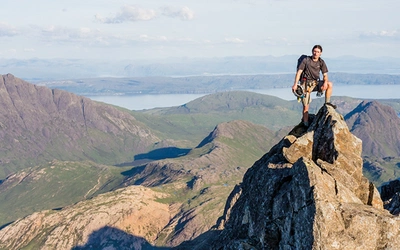
Article

Climbing and scrambling routes are included in some general guides, such as those to Costa Blanca and the Pyrenees, as well as in Mountain Adventures in the Maurienne, Innsbruck, the Costa Blanca and around Chamonix. Specific climbing and scrambling guides include the Anti-Atlas, and scrambles guides to Snowdonia, the Lake District and the Dark Peak.
27 Books Available
17 Articles Available